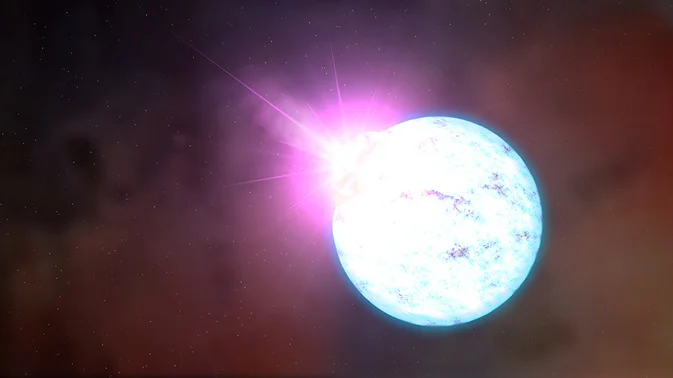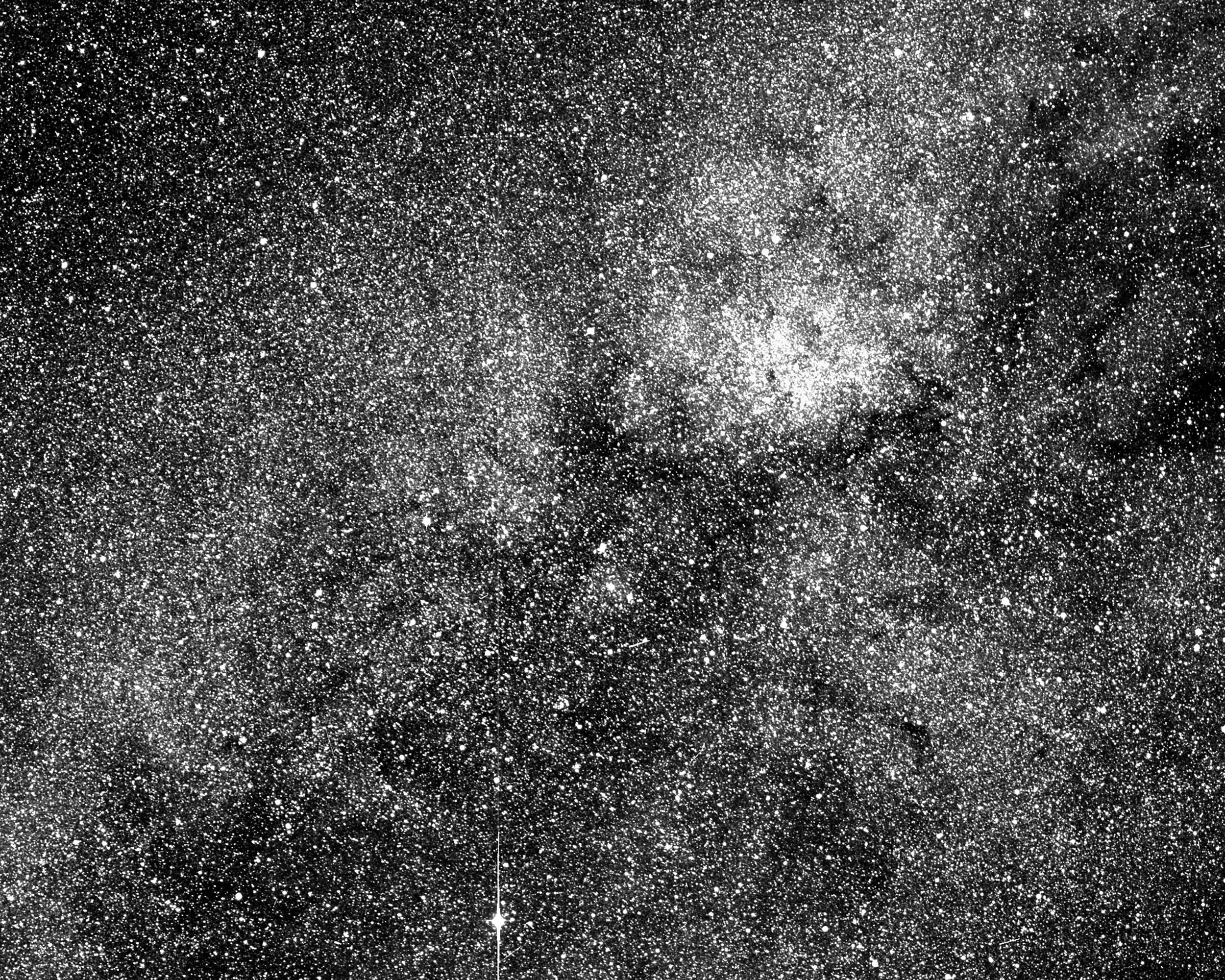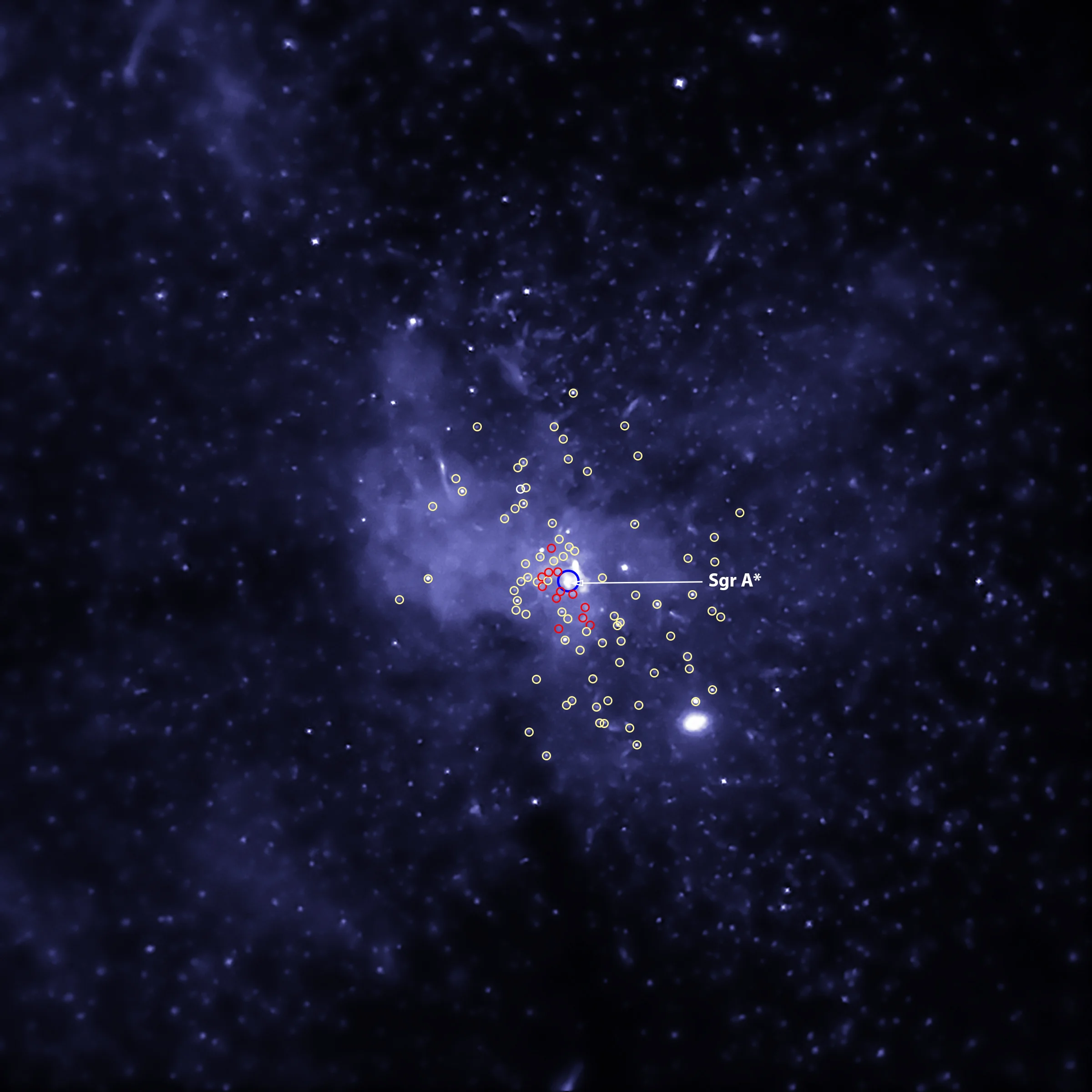Off the coast of Hawaii’s Big Island and more than 3,000 feet beneath the ocean surface lie the warm, bubbling springs of a volcano — a deep-sea location that may hold lessons for the search for extraterrestrial life.
How we discovered 840 minor planets beyond Neptune – and what they can tell us
Our solar system is a tiny but wonderfully familiar corner of the vast, dark universe – we have even been able to land spacecraft on our celestial neighbours. Yet its outer reaches are still remarkably unmapped. Now we have discovered 840 small worlds in the distant and hard-to-explore region beyond Neptune. This is the largest set of discoveries ever made, increasing the number of distant objects with well known paths around the sun by 50%.
InSight Steers Toward Mars
The Ant Nebula actually has intense laser emissions coming from its core
When low- to middleweight stars like our Sun approach the end of their life cycles they eventually cast off their outer layers, leaving behind a dense, white dwarf star. These outer layers became a massive cloud of dust and gas, which is characterized by bright colors and intricate patterns, known as a planetary nebula. Someday, our Sun will turn into such a nebula, one which could be viewed from light-years away.
Drilling Success: Curiosity is Collecting Mars Rocks
When did the lights first come on in the universe? A galaxy close to the dawn of time gives a clue
It is springtime in the Northern hemisphere. Countless buds that have been waiting patiently on the stems and branches of trees and shrubs are now blossoming into life. The cosmic equivalent of this season is the time between a few hundred million and a billion years after the Big Bang. This is when the first stars and galaxies ignited, spewing light into the dark universe.
Are mysterious fast radio bursts coming from the collapse of strange star crusts?
Fast Radio Bursts (FBRs) have fascinated astronomers ever since the first one was detected in 2007. This event was named the “Lorimer Burst” after it discoverer, Duncan Lorimer from West Virginia University. In radio astronomy, this phenomenon refers to transient radio pulses coming from distant cosmological sources, which typically last a few milliseconds on average.
NASA’s New Planet Hunter Snaps Initial Test Image, Swings by Moon Toward Final Orbit
NASA’s next planet hunter, the Transiting Exoplanet Survey Satellite (TESS), is one step closer to searching for new worlds after successfully completing a lunar flyby on May 17. The spacecraft passed about 5,000 miles from the Moon, which provided a gravity assist that helped TESS sail toward its final working orbit.
Lucky flyby suggests Europa ejects plumes of water
Can Artificial Intelligence help find alien intelligence?
If there is a multiverse, can there be life there too?
ALMA and VLT Find Evidence for Stars Forming Just 250 Million Years After Big Bang
Pros and cons of various methods of interstellar travel
It’s a staple of science fiction, and something many people have fantasized about at one time or another: the idea of sending out spaceships with colonists and transplanting the seed of humanity among the stars. Between discovering new worlds, becoming an interstellar species, and maybe even finding extra-terrestrial civilizations, the dream of spreading beyond the Solar System is one that can’t become reality soon enough!
Europa by the Numbers
Galileo Galilei discovered Jupiter's moon Europa in 1610. More than four centuries later, astronomers are still making discoveries about its icy surface. With a diameter of almost 2,000 miles, an orbit equivalent to 3.5 Earth days and a mass about 65 percent of Earth's Moon, Europa is considered by some scientists a likely place to look for present-day environments suitable for life.
The next big discovery in astronomy? Scientists probably found it years ago – but they don’t know it yet
NASA is sending a helicopter to mars as part of the 2020 rover
At present, there are over a dozen robotic missions exploring the atmosphere and surface of Mars. These include, among others, the Curiosity rover, the Opportunity rover, the Mars Orbiter Mission (MOM), the Mars Reconnaissance Orbiter (MRO), the Mars Atmosphere and Volatile EvolutioN (MAVEN) orbiter, and the soon-to-arrive InSight Lander. In the coming decade, many more missions are planned.
NASA Hosts Live Discussion about Europa Findings, Potential for Life
NASA Spacecraft Discovers New Magnetic Process in Turbulent Space
Though close to home, the space immediately around Earth is full of hidden secrets and invisible processes. In a new discovery reported in the journal Nature, scientists working with NASA’s Magnetospheric Multiscale spacecraft — MMS — have uncovered a new type of magnetic event in our near-Earth environment by using an innovative technique to squeeze extra information out of the data.


















